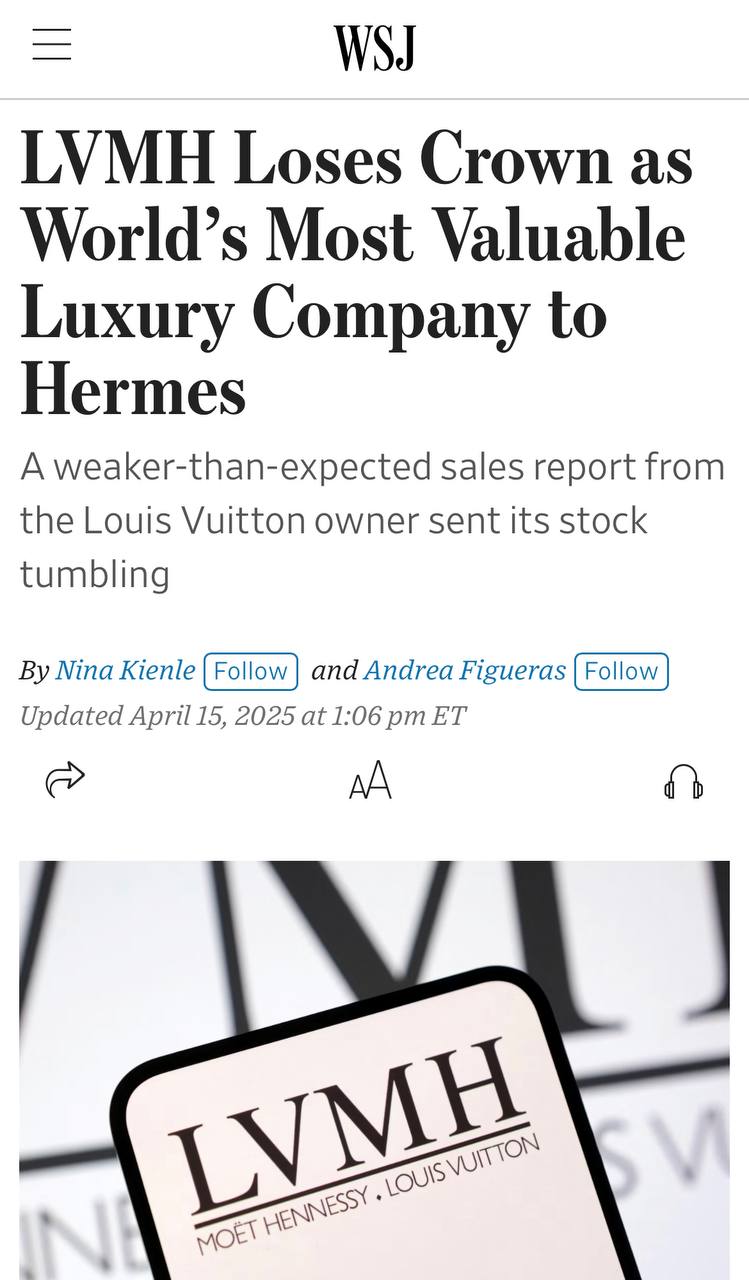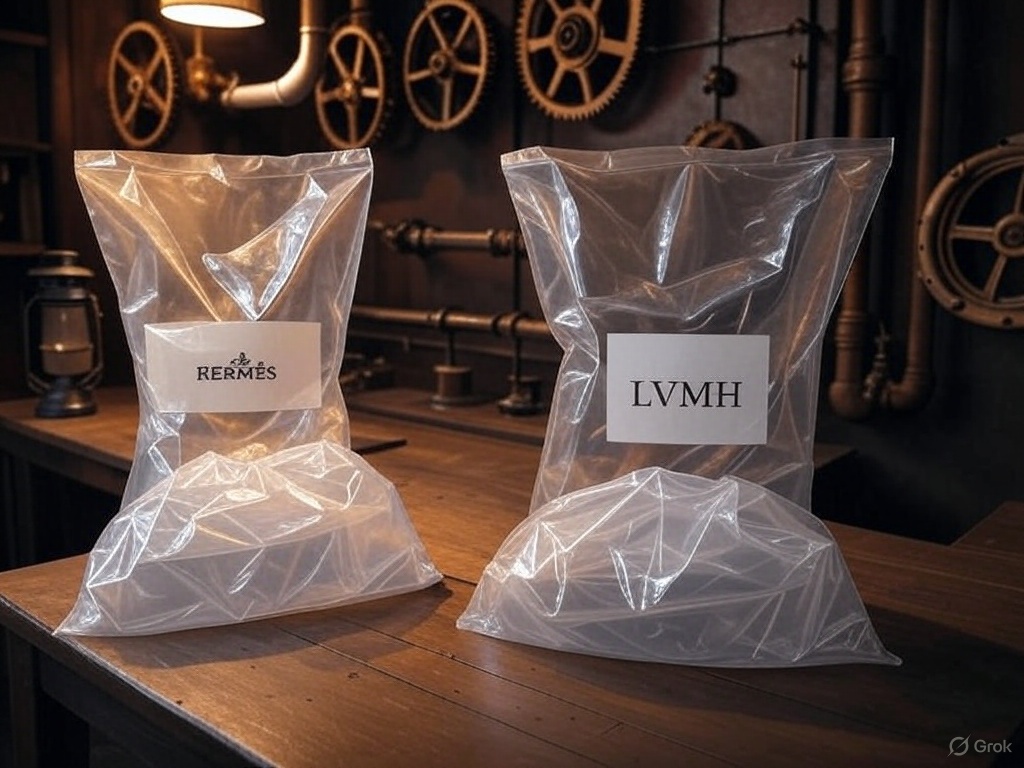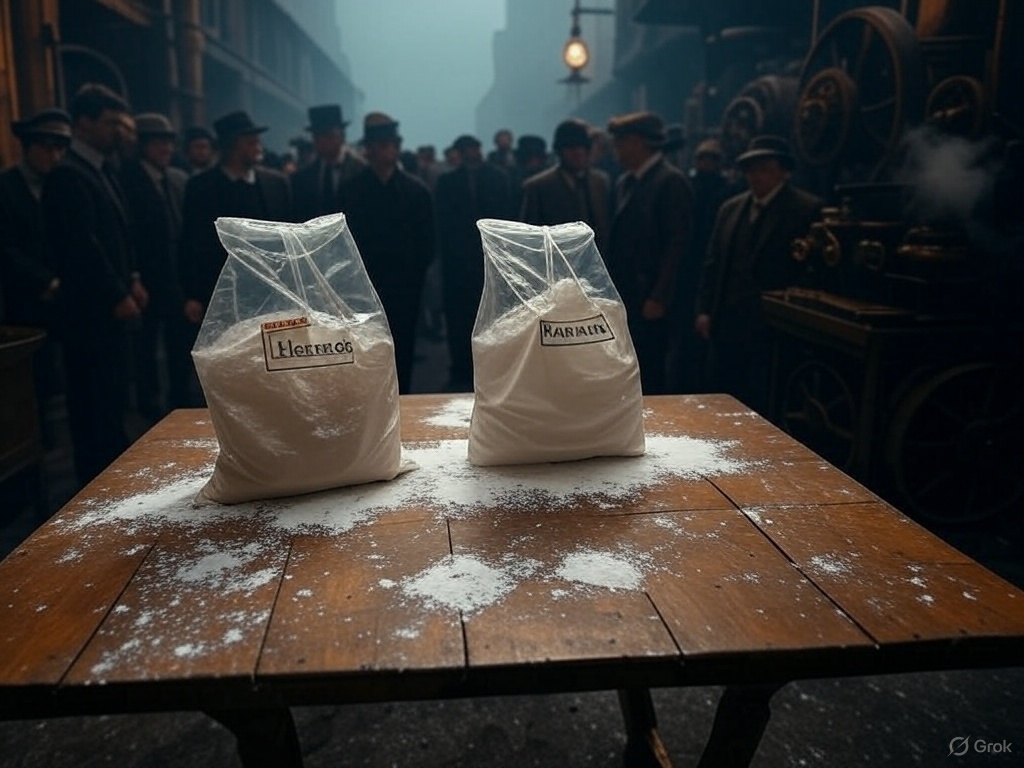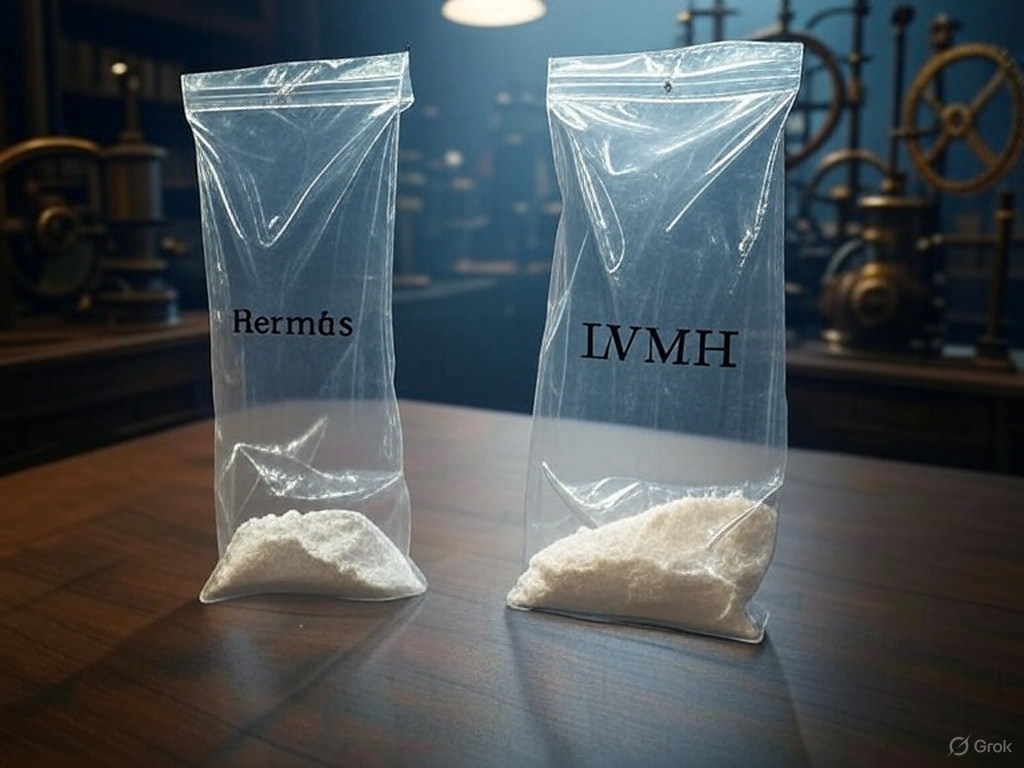In a seismic shift for the luxury industry, Hermès has overtaken LVMH to become the world’s most valuable luxury brand by market capitalization, as reported by Reuters and CNBC on April 15, 2025.
 Hermès now boasts a market cap of €248 billion, edging out LVMH’s €244 billion, a gap that reflects divergent fortunes in a challenging economic climate. The change comes after LVMH’s disappointing first-quarter 2025 results, which revealed declines across key categories and triggered a sharp 7% drop in its stock price, slashing its market value by $23 billion.
Hermès now boasts a market cap of €248 billion, edging out LVMH’s €244 billion, a gap that reflects divergent fortunes in a challenging economic climate. The change comes after LVMH’s disappointing first-quarter 2025 results, which revealed declines across key categories and triggered a sharp 7% drop in its stock price, slashing its market value by $23 billion.
LVMH, the conglomerate behind Louis Vuitton, Dior, and Moët & Chandon, reported a 3% year-on-year sales decline in Q1 2025, missing analyst expectations of 2% growth.
The fashion and leather goods division, which accounts for 78% of LVMH’s profits, saw a 5% drop, while wines and spirits fell 9%, and beauty and cosmetics also weakened.

Regional performance was equally grim: Asia (excluding Japan) plummeted 11%, the U.S. dipped 3%, and Japan fell 1%, with only Europe showing a modest 2% growth.
Also read:
- Elon Musk’s Secret Paternity Deals: $15 Million Offers and Slashed Support, Wall Street Journal Reports
- Ryan Coogler to Reboot "The X-Files" as His Next Project After "Sinners" Success
- Meta’s AI Age Detection: Analyzing Messages to Protect Teens
- 6 Essential Elements you Need to Build a Strong Brand
 Analysts, including RBC’s Piral Dadhania, called this a signal of “a more difficult trading environment for the broader luxury sector,” further exacerbated by U.S. President Donald Trump’s recent tariff announcements, which have stoked fears of a global recession.
Analysts, including RBC’s Piral Dadhania, called this a signal of “a more difficult trading environment for the broader luxury sector,” further exacerbated by U.S. President Donald Trump’s recent tariff announcements, which have stoked fears of a global recession.
Hermès, known for its $10,000 Birkin and Kelly handbags, has weathered the storm better, thanks to its focus on ultra-wealthy clients and a tightly controlled production model that limits growth to 6-7% annually.
This strategy has preserved its exclusivity, allowing it to maintain demand even as the luxury sector faces its longest downturn in over two decades, with Bernstein analysts forecasting a 2% decline in 2025 sales. Hermès’ resilience contrasts sharply with LVMH’s broader exposure to mid-tier luxury markets, which are more vulnerable to economic headwinds, as noted by Morningstar analyst Jelena Sokolova.
 The luxury sector’s struggles are evident across the board—Kering, Burberry, and Richemont have seen share declines of 14%, 14%, and 13% respectively since late March 2025, while Hermès’ shares fell just 0.3%. LVMH’s Q1 performance has dashed hopes of a sector recovery, with analysts like Deutsche Bank noting that late 2024 improvements now seem like an anomaly.
The luxury sector’s struggles are evident across the board—Kering, Burberry, and Richemont have seen share declines of 14%, 14%, and 13% respectively since late March 2025, while Hermès’ shares fell just 0.3%. LVMH’s Q1 performance has dashed hopes of a sector recovery, with analysts like Deutsche Bank noting that late 2024 improvements now seem like an anomaly.
As Hermès solidifies its lead, the question remains: can LVMH adapt to this “post, post-Covid world,” as GAM’s Flavio Cereda puts it, or will its reliance on scale over scarcity continue to erode its dominance?






